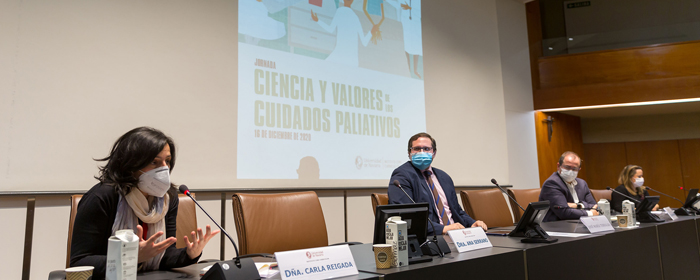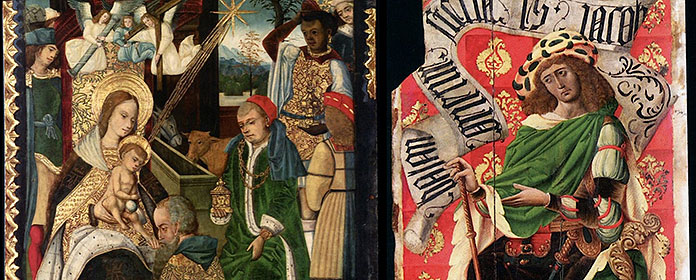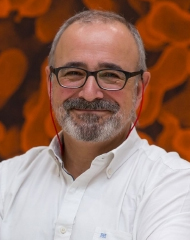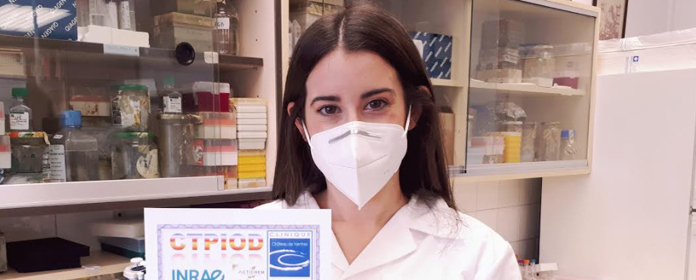Una tesis analiza cómo las condiciones de producción en serie e industrialización reconfiguran la práctica de la arquitectura y los modos de pensamiento arquitectónicos
A thesis analyzes how the conditions of mass production and industrialization reconfigure the internship of architecture and modes of architectural thought.
Clara Olóriz spent the last two years of her doctorate at the Architectural Association in London, thanks to a scholarship of the Caja Madrid Foundation.
Clara Olóriz defended at the School of Architecture of the University of Navarra her thesis 'Projecting Technology. Systems of Production in 1950s and 60s Spanish Architecture'. The work, which has earned her the honorary distinction of 'international doctor', was directed by Carlos Naya, professor of Form Analysis at campus in Pamplona, and Marina Lathouri, director of Master's Degree of History and Critical Thinking at the Architectural Association (AA) in London.
Precisely, the young doctor has made the last two years of the research in the AA, thanks to a scholarship of postgraduate program of the Caja Madrid Foundation. In the British capital she also worked at Foreign Office Architects, with a grant from the Caja de Arquitectos Foundation.
In her thesis , Clara Olóriz explores how the conditions of mass production and industrialization reconfigure the internship of architecture and architectural modes of thought, transforming construction methods and influencing production processes.
"By critically analyzing construction systems in Spanish architecture of the 1950s and 1960s, and placing them in a broader historical/conceptual context, my research approaches the notions of 'component' and 'productive systems' from a material, structural, formal and spatial perspective. In this way, it evolves from the status of the architectural object and its manufacturing processes to its perception; from the production of ideas to the reception of production," she explains.
Architecture and technology
Clara Olóriz points out that, through the chapters, Leoz's module HELE sample shows how the industrialized component transforms the ways of designing, leading to the systematization of space and the redefinition of the concept of geometry. The Horpresa system reflects how the production of the component leads to a new materiality that is reflected in the Catalog and influences the productive processes. Piñero's beam of bars builds a notion of structure and generation of form from the assembly of components."These structural and formal concepts trigger a topological reading of the urban form that manifests itself in Entrevías, along with its formal and environmental implications, in the reception or interaction with its inhabitants," he says.
"'Projecting Technology' -he adds- builds and expands the meaning of technology beyond reductionist and isolated attitudes. Thus, in the relationship between architecture and technology, it is not conceived as a methodology but as a form of knowledge, a way of designing, which informs the production of form, bringing it closer to its Greek origin techne, as the agency of the subject in the production of art."
Clara Olóriz Sanjuán holds a PhD in architecture, is a professor and professional architect. In addition to Foreign Office Architects, she has worked at programs of study Cerouno, Plasma Studio and Groundlab. She currently teaches at the Architectural Association's Master's Degree Landscape Urbanism. He also co-directs the AA Visiting School Bilbao-San Sebastian and the AA Research Cluster 'Urban Prototypes'.




